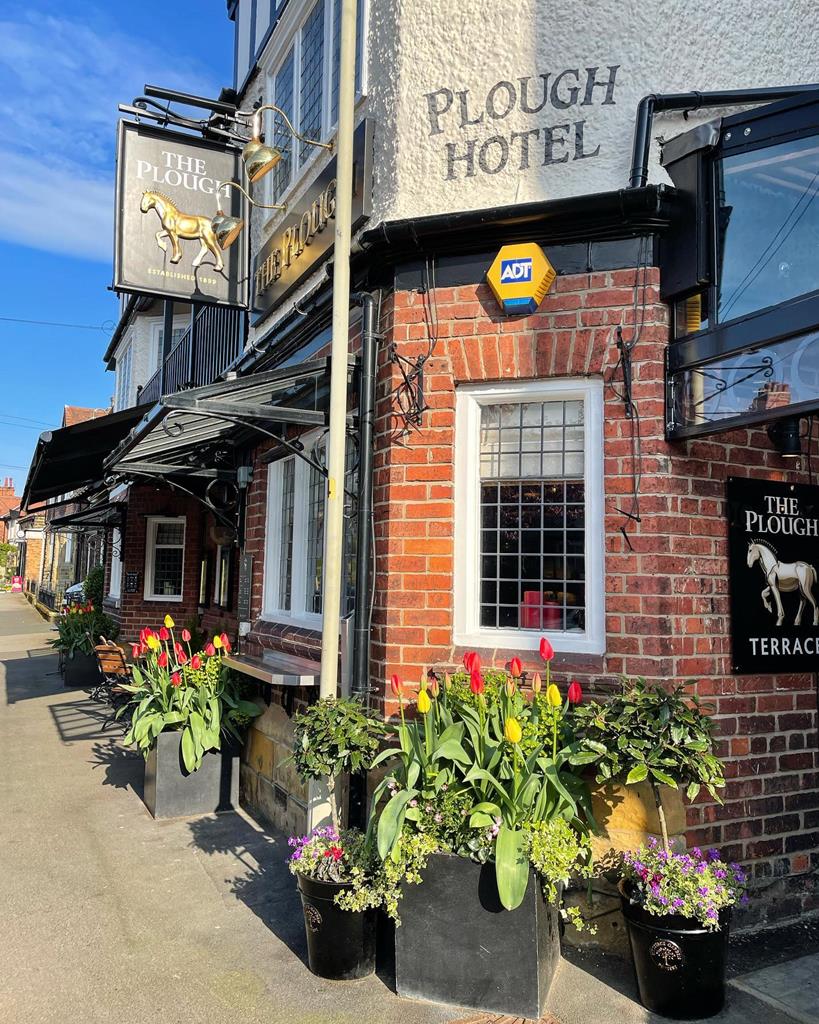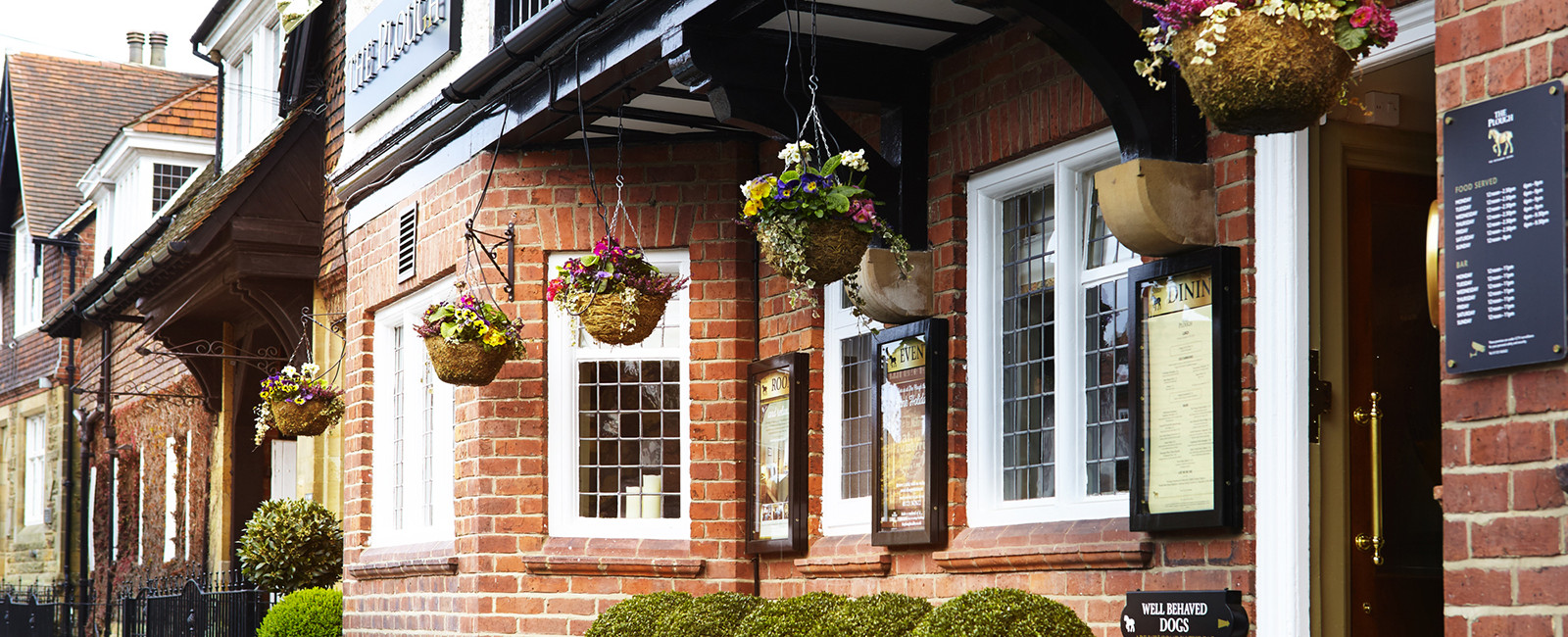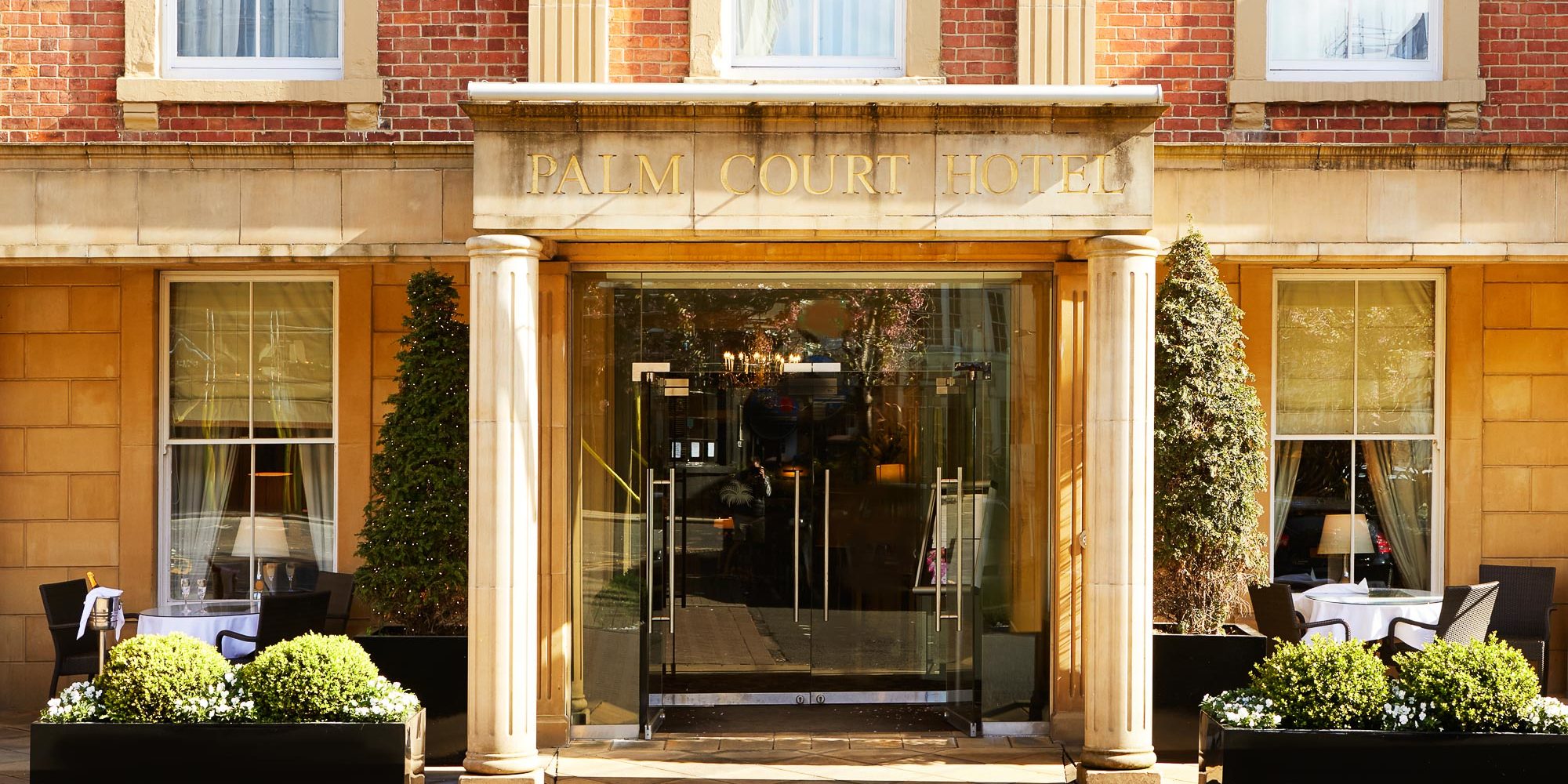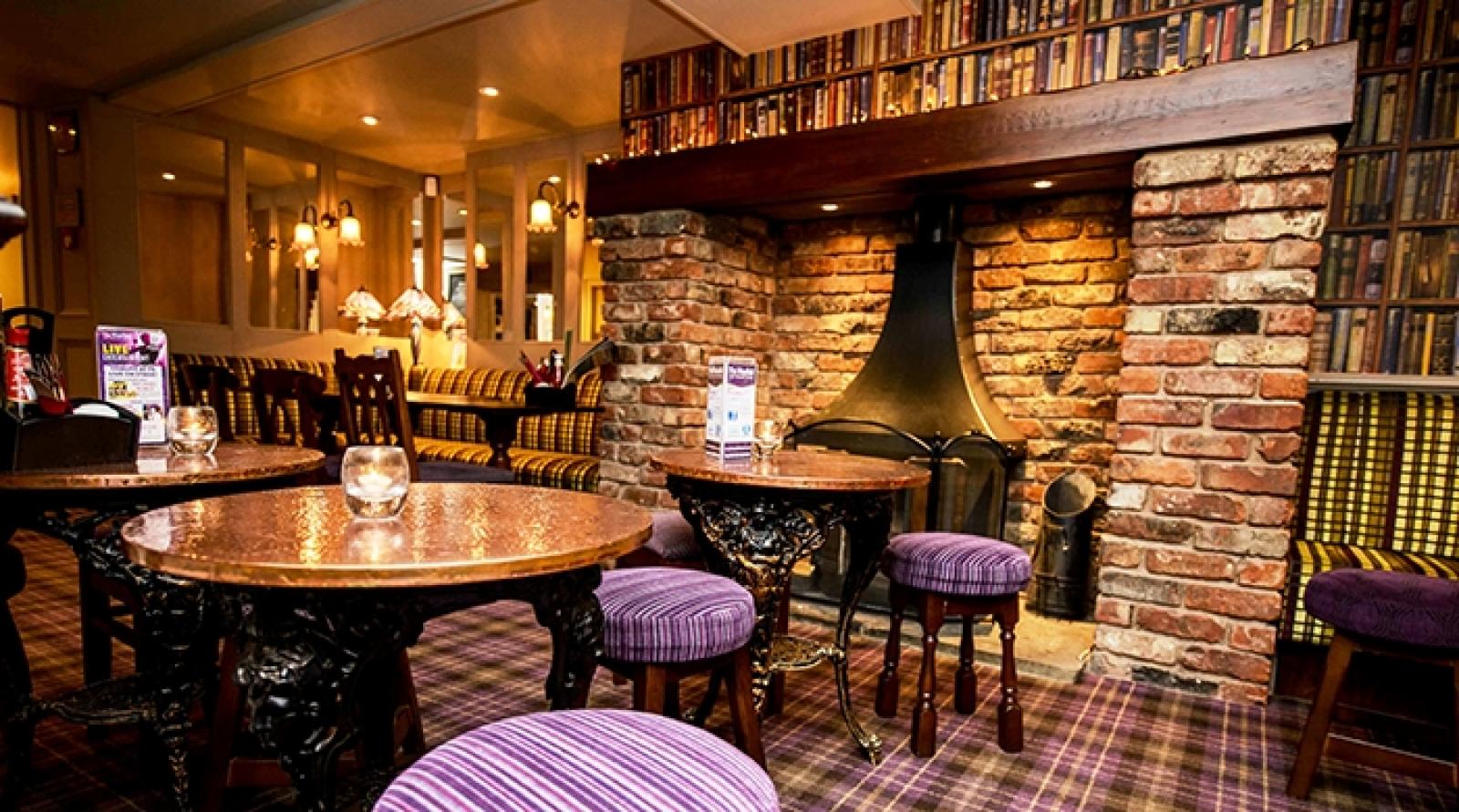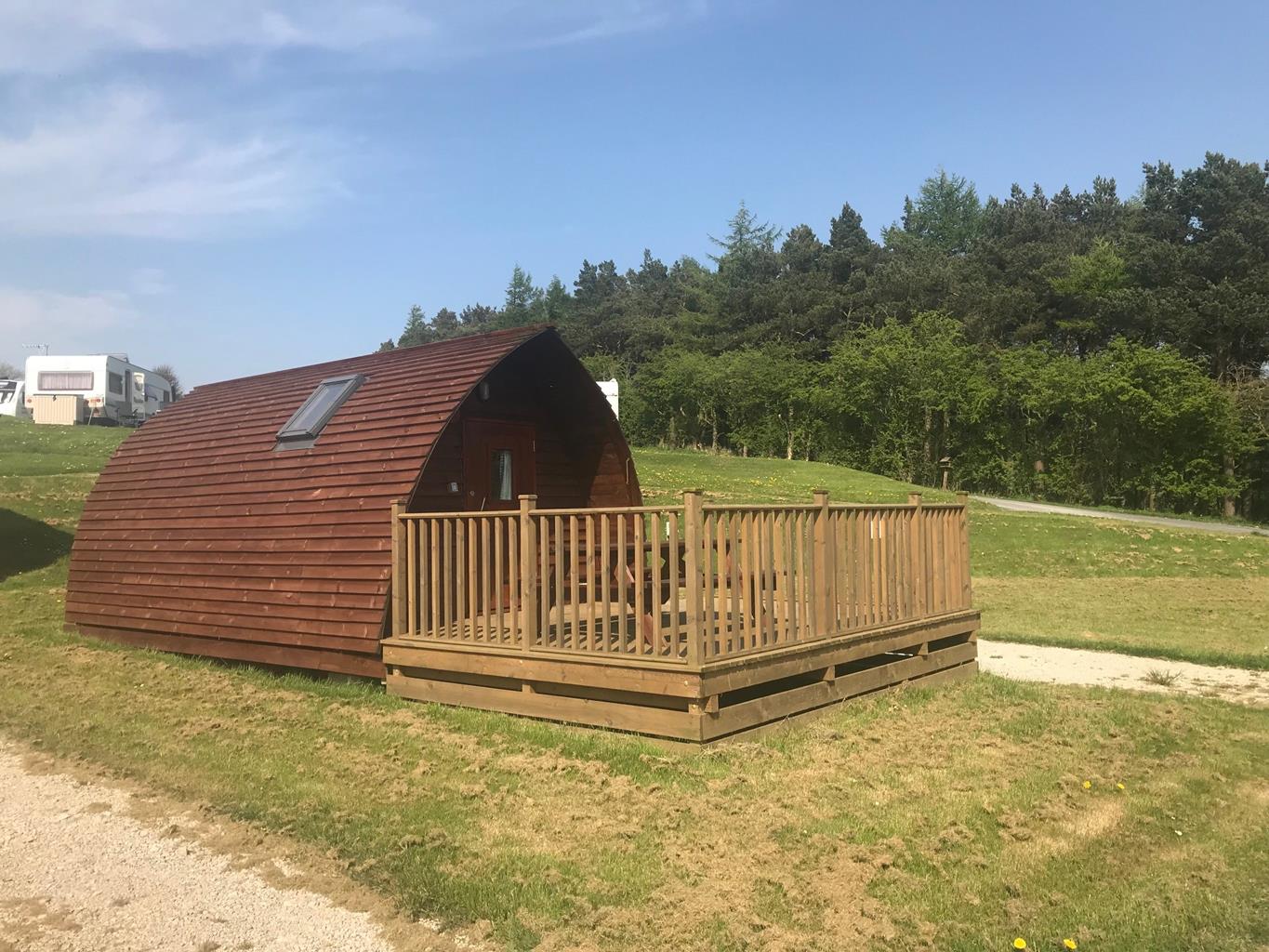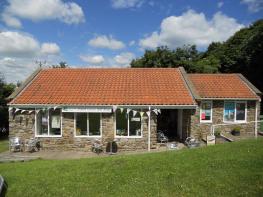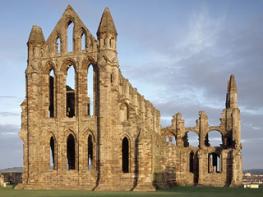If you're looking for UK beach breaks near Whitby and Robin Hood's Bay, YHA Boggle Hole could be…
Discovering Ravenscar's industrial heritage

Discovering an industrial heritage amid moorland and coastal scenery.
2.5 miles (4kms)
About the walk
Ravenscar has a spectacular setting, but what makes it special is its unique place in industrial history, for it has been described as the cradle of the chemical industry. Soon after joining the old railway track the walk passes under high quarried cliff faces, where all around are overgrown spoil heaps. From the mid-17th century onwards, this was an internationally important source of alum (potassium aluminium sulphate). This chemical, known since at least Roman times, had many uses, notably as a mordant – that is, a treatment to fix fabric dyes. The shale rock in the cliffs was rich in aluminium sulphate, and it is reckoned that over a million tons of rock was removed. The aluminium sulphate was extracted by ‘cooking’ for months on end in huge fires called clamps – a bit like charcoal-burning, but on a gargantuan scale. The sulphate solution then ran in stone gutters down the hill to the alum works.
Extracting ammonia
To complete the process, both potassium and ammonia were required. Potassium was extracted from seaweed. Local supplies proved insufficient, and seaweed had to be shipped in from as far afield as Orkney. The best source of ammonia was human urine. Some of this came from Newcastle but much was shipped all the way from London. It’s also said that the world’s first public lavatory, in Hull, was established to collect the precious fluid. The transport of urine was a trade with some particular hazards, not least the ridicule it could provoke. Ships’ captains were reluctant to admit to it, and it is said that if they were found out the cry would go up, ‘You’re taking the piss!’
Decline and false dawn
The alum industry survived until the mid-19th century, when synthetic mordants were first produced. A rapid decline followed. As the 20th century approached, plans were made to revive Ravenscar’s fortunes by creating a major seaside resort. This began with the renaming of the former ‘Peak’ to the more romantic-sounding Ravenscar. The entrepreneurs behind the scheme promised that it would be ‘the most bracing health resort on the East Coast’. Bracing it may be, but they seem to have overlooked the fact that established resorts like Scarborough had accessible, sandy beaches, while Ravenscar's is unrelievedly rocky. Nevertheless a grid of roads and sewers was laid and some houses were built. Predictably, the scheme flopped and the company was declared bankrupt in 1911. Its most visible legacy today is the Raven Hall Hotel, completed in 1895.
Rails to trails
The old railway track along which the walk starts was part of the Scarborough–Whitby line, which opened in 1885, and was a major stimulus to the redevelopment scheme. The station at Peak, later Ravenscar, was the highest point on the line; the outlines of its platforms can still be traced. The line closed to passenger traffic in 1964 and to freight the following year. Soon after there was a proposal to purchase and reopen the line as a heritage railway, but the costs proved prohibitive and many of its backers switched their support to the North Yorkshire Moors Railway. Almost the entire length of the line – 20 miles (32km) – is now a popular route for walkers, cyclists and horse-riders.
Walk directions
From your parking place, start walking along Peakside, a broad track which runs in front of the Coastal Centre. (If you’ve parked higher up the road, you can cut off a small corner by taking the footpath which starts opposite the toilets and soon meets the same track.)
Around 382yds (350m) from the Coastal Centre the track forks. Go left, signed 'Old Brick Works', and in a few strides find yourself on the course of the old railway. Follow this for 0.75 miles (1.2km), passing beneath steep quarried cliffs. Look out for a stile on the right with a Conservation Walks waymark.
The initial descent from the stile, through bracken, is very steep and can be slippery when wet. Continue down more easily, bearing slightly right across an open grassy area before threading through a stand of broom and gorse – this can be prickly for those in shorts! Bear right again across a small field to a stile just right of a gate in the left-hand hedge.
Join a good track and turn right. At a junction where the surface turns to concrete, keep right, uphill, for 30yds (27m), then turn left on a path signed ‘Cleveland Way, Alum Works’.
Follow white arrows down to the site of the works and then continue to do a loop around it, past several useful explanatory boards. Finally the arrows lead back to the main track. Continue uphill on this to a fork.
Take the left branch, which keeps climbing gradually, swinging round left to emerge onto a golf course. Keep straight on along the track for 250yds (229m). A green track joins in from the right. Continue to a signpost and bear right, still following the track uphill.
Turn right and go straight across the fairway (after checking there are no golfers waiting to drive off from the tee on your right). Continue up a few more strides to meet another clear track. Turn right up this and walk out to meet the road on a bend by the entrance to the Raven Hall Hotel, near the Coastal Centre. Turn right along the road to return to the start.
Additional information
Generally good firm tracks with one short, rougher descent; several stiles
Cliffs and farmland with expansive sea views
Can run free in most places, but be considerate of cyclists on the first stretch
OS Explorer OL27 North York Moors: Eastern
Roadside parking in Ravenscar, above the National Trust Coastal Centre
By the road in Ravenscar
WALKING IN SAFETY
Read our tips to look after yourself and the environment when following this walk.
Find out more
Also in the area
About the area
Discover
Nearby stays
Restaurants and Pubs
Nearby experiences
Recommended things to do
Why choose Rated Trips?
Your trusted guide to rated places across the UK
The best coverage
Discover more than 15,000 professionally rated places to stay, eat and visit from across the UK and Ireland.
Quality assured
Choose a place to stay safe in the knowledge that it has been expertly assessed by trained assessors.
Plan your next trip
Search by location or the type of place you're visiting to find your next ideal holiday experience.
Travel inspiration
Read our articles, city guides and recommended things to do for inspiration. We're here to help you explore the UK.


